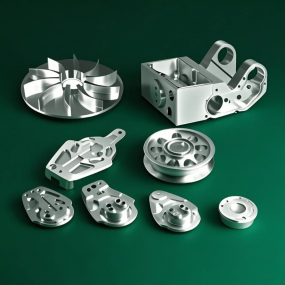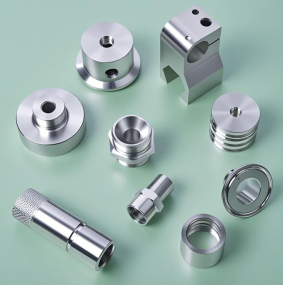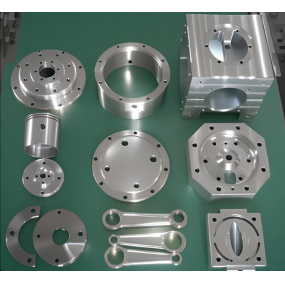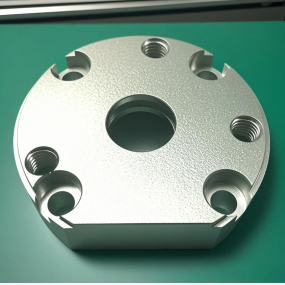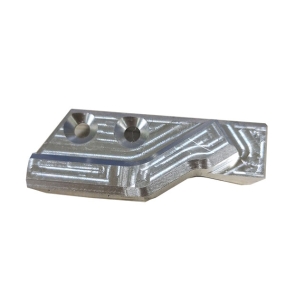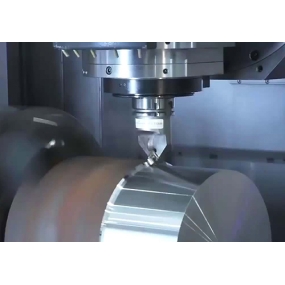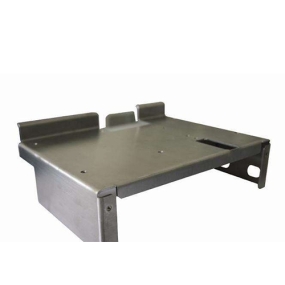Many stamping processes produce burrs, and how do smart stamping plants avoid this problem? First of all, it is necessary to know why burrs occur during the production process, so as to address the problem and solve the problem fundamentally.
First, thicker and higher burrs are produced around
The slump angle and inclination angle of the shear section are large, while the middle is significantly concave, the burr is not only high, and the section is triangular, which cannot be removed without the use of a file. This kind of stamping part is generally defective.
Reasons for occurrence: 1. The gap is too large; 2. During repeated grinding, the pen straightness of the concave die decreases. For the full taper concave die, it is due to re-grinding and excessive.
Solution: Reduce the gap: 1. The shape is simple, and the volume can be reworked when the volume is small; 2. Stamping small and thin products can be hardened by electric discharge; 3. Annealing the mold, correcting the edge part, and then heat treatment and grinding; 4. Surfacing correction treatment; 5. When pressing the insert, use the mold backing plate, and then process it after pressing out the edge part. 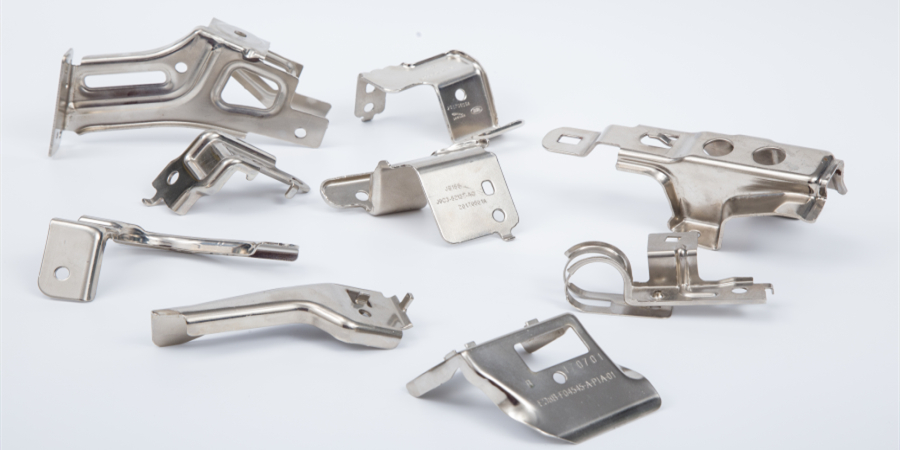
Second, the height of the burr is uneven
If the gap is too large or too small, the height of the burr is added. Among them, if the gap is too large, a triangular burr occurs, the thickness is added, the gap is too small, the burr is thin and high, and secondary shear occurs.
Causes: 1. The gap part is inconsistent; 2. The edge collapse of the edge causes some errors; 3. Because the eccentricity of the mold will cause half of the burr height to be inconsistent, it may be that the mold installation is not good, or the guide column installation may not work; 4. The guide column is loose; 5. The accuracy of the press is poor.
Solution: 1. After deburring, the shape of the shear section of the product is unusual, because the gap part is too large or too small, so the stamping processing plant needs to be corrected; 2. The edge is partially worn, maybe because of poor quenching hardness, part of the edge collapses, and the burr root increases, so it needs to be ground; 3. The punch and the concave die are different, because half of the shear section is too large and half is too small. This is very simple to understand. If the mold or guide post is not installed well, it can be adjusted. However, if the orientation of the die core is changed during each stroke, it is because the die installation part is loose, and the die core needs to be taken out to tighten and calibrate the mouth; 4. When stamping, due to the action of thrust, different hearts will occur. When the side support block or guide plate is stressed, in order to ensure accuracy, it is necessary to use the guide, but after the use of the guide post, if the concentricity is not good, it is because of the difference in the quality of the guide post; 5. The press is not good.
Third, there are large burrs (compressed burrs) at the shear section.
Somewhere in the shear section there is a prominent lingual part called a compression burr.
Causes: 1. The gap is too small, and there is a collapse angle or notch somewhere on the edge of the die; 2. The back angle of the die is inverted; 3. The finishing of the die hole is difficult, and there is a rough surface, which crushes the high part of the crack surface.
Solution: 1. Adjust the gap and grind the edge; 2. Use a grinding wheel to remove the bright part of the rear corner of the die due to repeated bumping; 3. Repair the part where the straight wall of the die hole contacts severe spots.
This article is from EMAR Mold Co., Ltd. For more EMAR related information, please click: www.sjt-ic.com!


 Spanish
Spanish Arabic
Arabic French
French Portuguese
Portuguese Belarusian
Belarusian Japanese
Japanese Russian
Russian Malay
Malay Icelandic
Icelandic Bulgarian
Bulgarian Azerbaijani
Azerbaijani Estonian
Estonian Irish
Irish Polish
Polish Persian
Persian Boolean
Boolean Danish
Danish German
German Filipino
Filipino Finnish
Finnish Korean
Korean Dutch
Dutch Galician
Galician Catalan
Catalan Czech
Czech Croatian
Croatian Latin
Latin Latvian
Latvian Romanian
Romanian Maltese
Maltese Macedonian
Macedonian Norwegian
Norwegian Swedish
Swedish Serbian
Serbian Slovak
Slovak Slovenian
Slovenian Swahili
Swahili Thai
Thai Turkish
Turkish Welsh
Welsh Urdu
Urdu Ukrainian
Ukrainian Greek
Greek Hungarian
Hungarian Italian
Italian Yiddish
Yiddish Indonesian
Indonesian Vietnamese
Vietnamese Haitian Creole
Haitian Creole Spanish Basque
Spanish Basque

